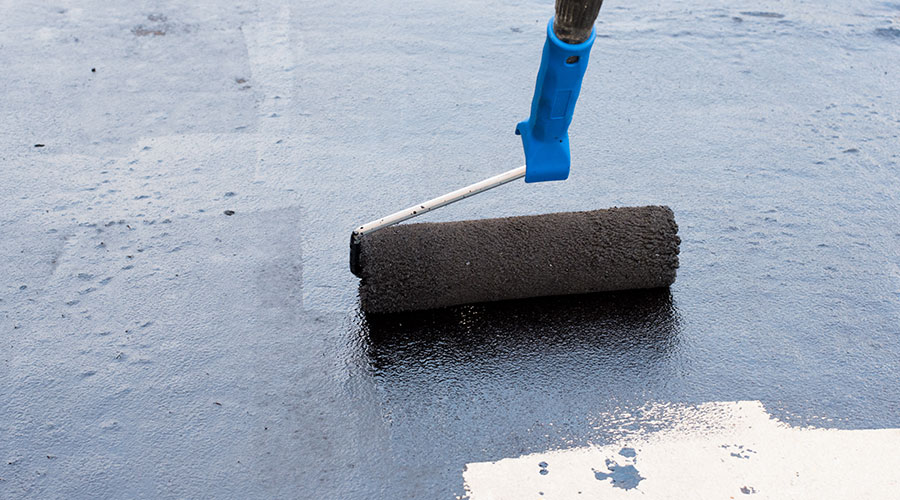Snow Presents Danger on the Roof
Managers seeking to protect roofing systems, as well as a building’s interior systems, components and operations, need to understand the potential danger created by the presence of snow on the roof.
Determining a building’s design snow load might be as easy as reading it off building plans or talking with the designer of record. On older buildings, it might require the services of a structural engineer to determine the original capacity of structural elements to allow interpolation of the original design snow loads.
Managers can use this load to establish a building’s safe snow load. Depending on the structure and building occupancy, the safe snow load could be 50 percent of the roof’s actual design snow load. Snow removal would occur once the actual snow load exceeded this amount.
Managers can measure design snow loads in pounds per square foot (psf) and can range from 20 psf to more than 70 psf. Fresh snow can create loads of 10-20 pounds per cubic foot. Snow that has partially thawed and then frozen might approach 40 to 60 pounds per cubic foot.
Managers can develop snow-sampling procedures to measure and approximate actual snow loads. Normally, this procedure requires taking several 12-inch-square, full-depth samples of the snow and weighing them. It is important to determine the load by actually weighing samples of the snow, not by measuring snow depth. Due to the differences between fresh and frozen snow, no definitive correlation exists between snow depth and snow density.
In addition to exceeding the safe snow load, other warning signs of overloading are:
• severe roof leaks, which can indicate torn roof membranes
• ripples or bends in metal supports, cracks in wooden members, and rolled or bent metal purlins
• loud popping noises emanating from the building structure
• water ponds in areas where water had not accumulated before
• observing obvious deformities in roofs.
Curtis L. Liscum, RRC, is senior consultant and partner with Benchmark Inc. — www.benchmark-inc.com — a national roof-consulting firm based in Cedar Rapids, Iowa. He has been involved with the roofing industry since 1979 and provides roof-consulting services throughout North America.
Related Topics:















